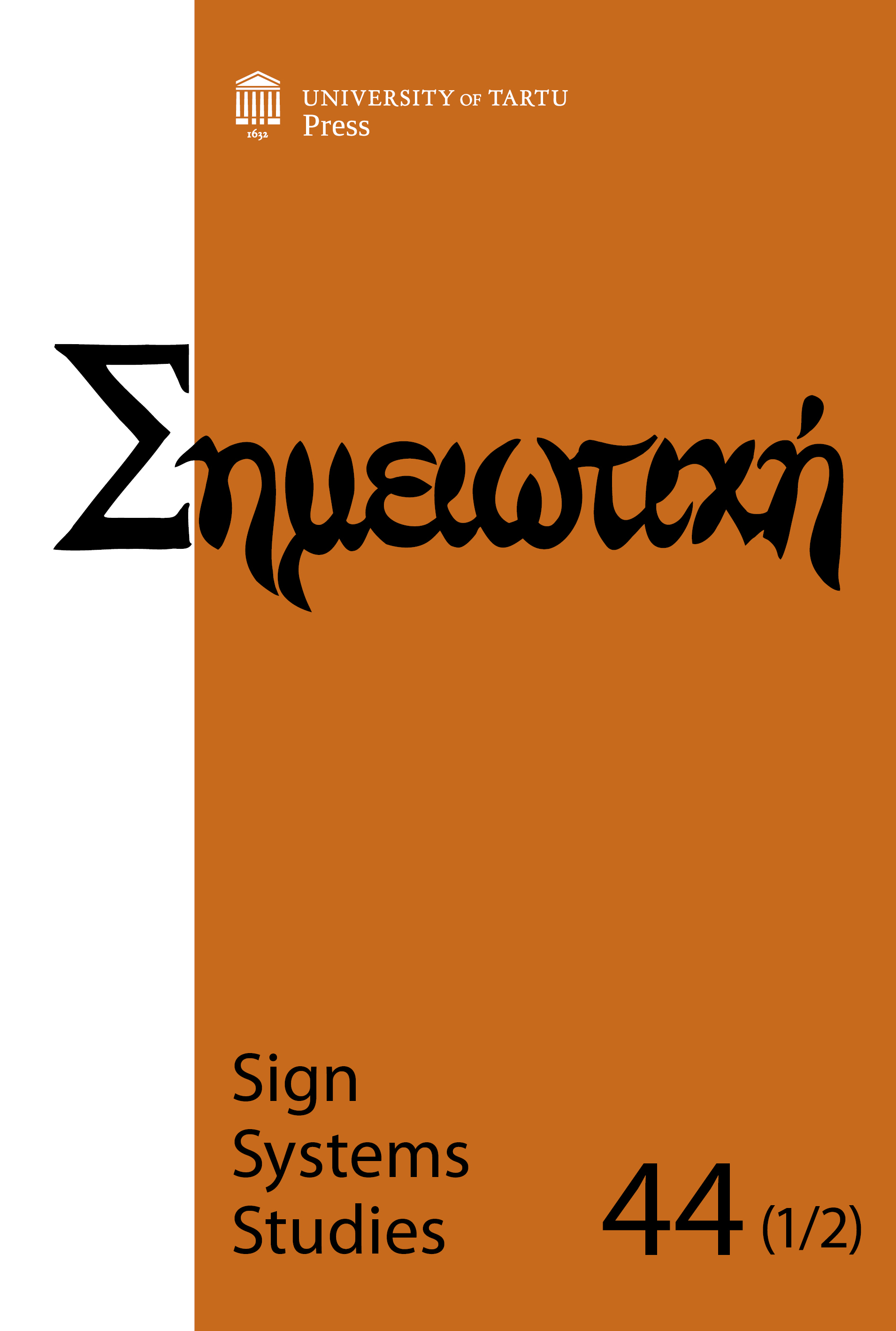Semiotic dimensions of human attitudes towards other animals: A case of zoological gardens
DOI:
https://doi.org/10.12697/SSS.2016.44.1-2.12Keywords:
zoosemiotics, zoological gardens, animal evaluation, charismatic species, personificationAbstract
This paper analyses the cultural and biosemiotic bases of human attitudes towards other species. A critical stance is taken towards species neutrality and it is shown that human attitudes towards different animal species differ depending on the psychological dispositions of the people, biosemiotic conditions (e.g. umwelt stuctures), cultural connotations and symbolic meanings. In real-life environments, such as zoological gardens, both biosemiotic and cultural aspects influence which animals are chosen for display, as well as the various ways in which they are displayed and interpreted. These semiotic dispositions are further used as motifs in staging, personifying or de-personifying animals in order to modify visitors’ perceptions and attitudes. As a case study, the contrasting interpretations of culling a giraffe at the Copenhagen zoo are discussed. The communicative encounters and shifting per ceptions are mapped on the scales of welfaristic, conservational, dominionistic, and utilitarian approaches. The methodological approach described in this article integrates static and dynamical views by proposing to analyse the semiotic potential of animals and the dynamics of communicative interactions in combination.Downloads
Download data is not yet available.
Downloads
Published
2016-07-05
How to Cite
Mäekivi, N., & Maran, T. (2016). Semiotic dimensions of human attitudes towards other animals: A case of zoological gardens. Sign Systems Studies, 44(1/2), 209–230. https://doi.org/10.12697/SSS.2016.44.1-2.12
Issue
Section
Articles


